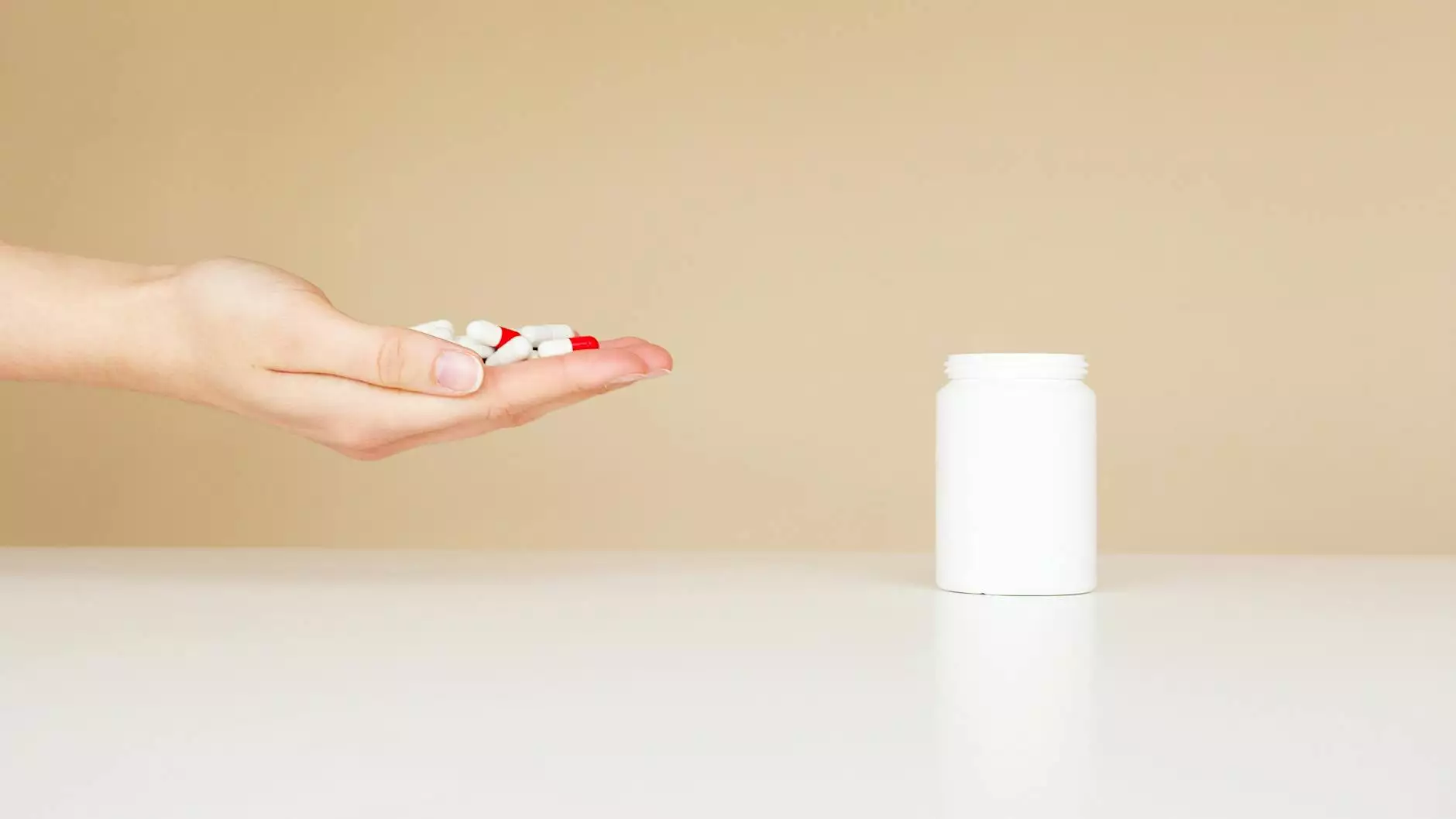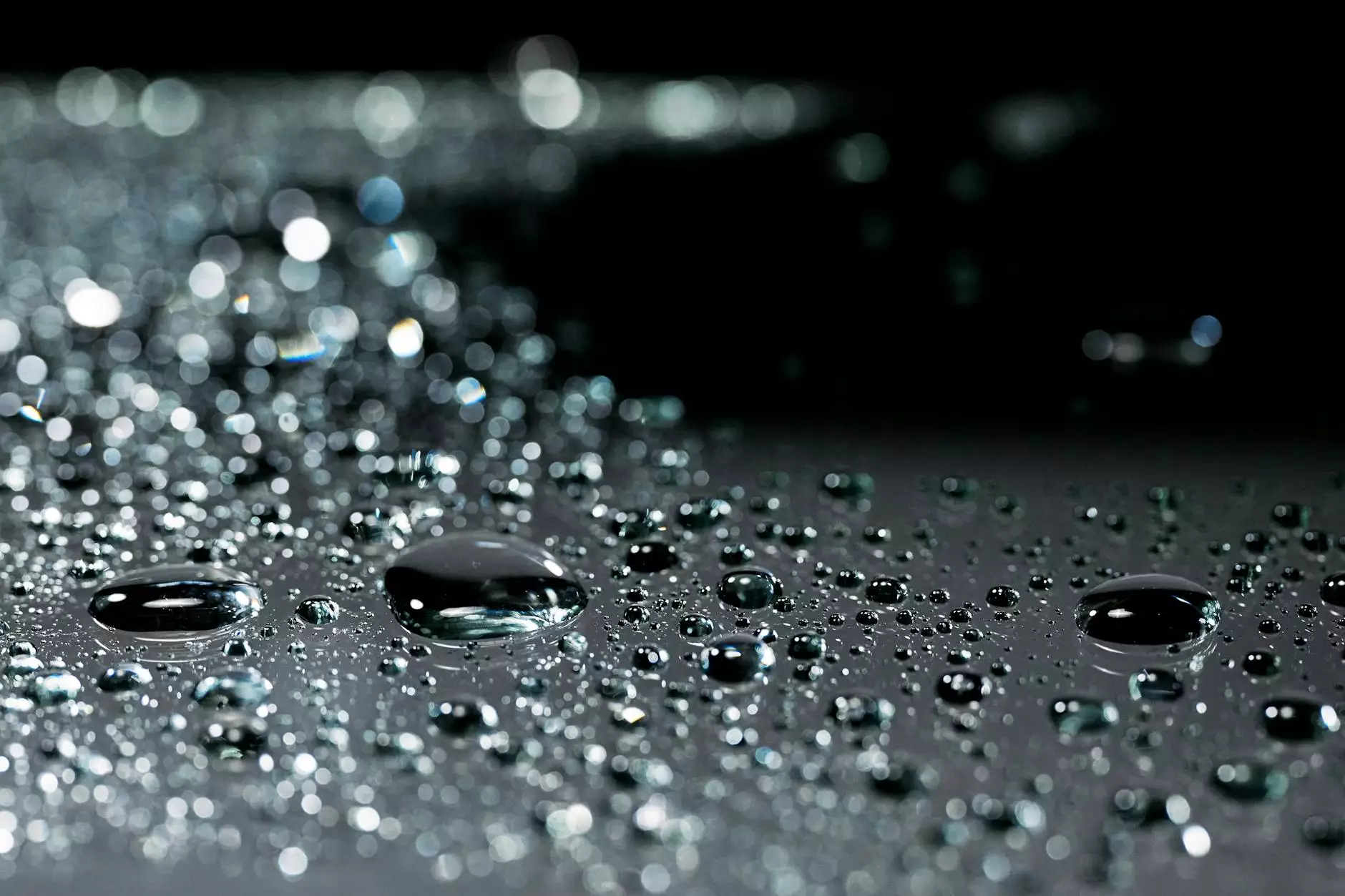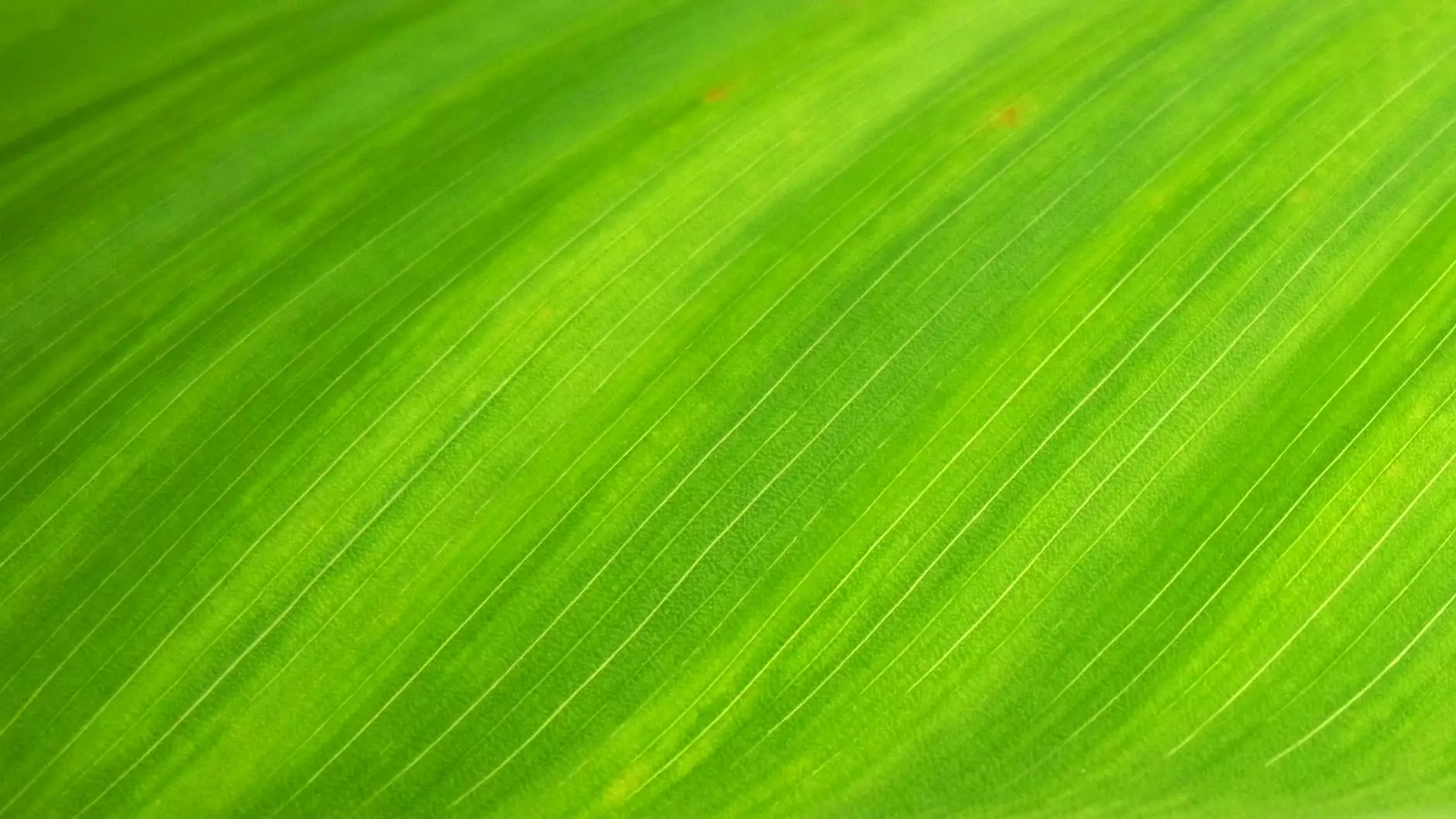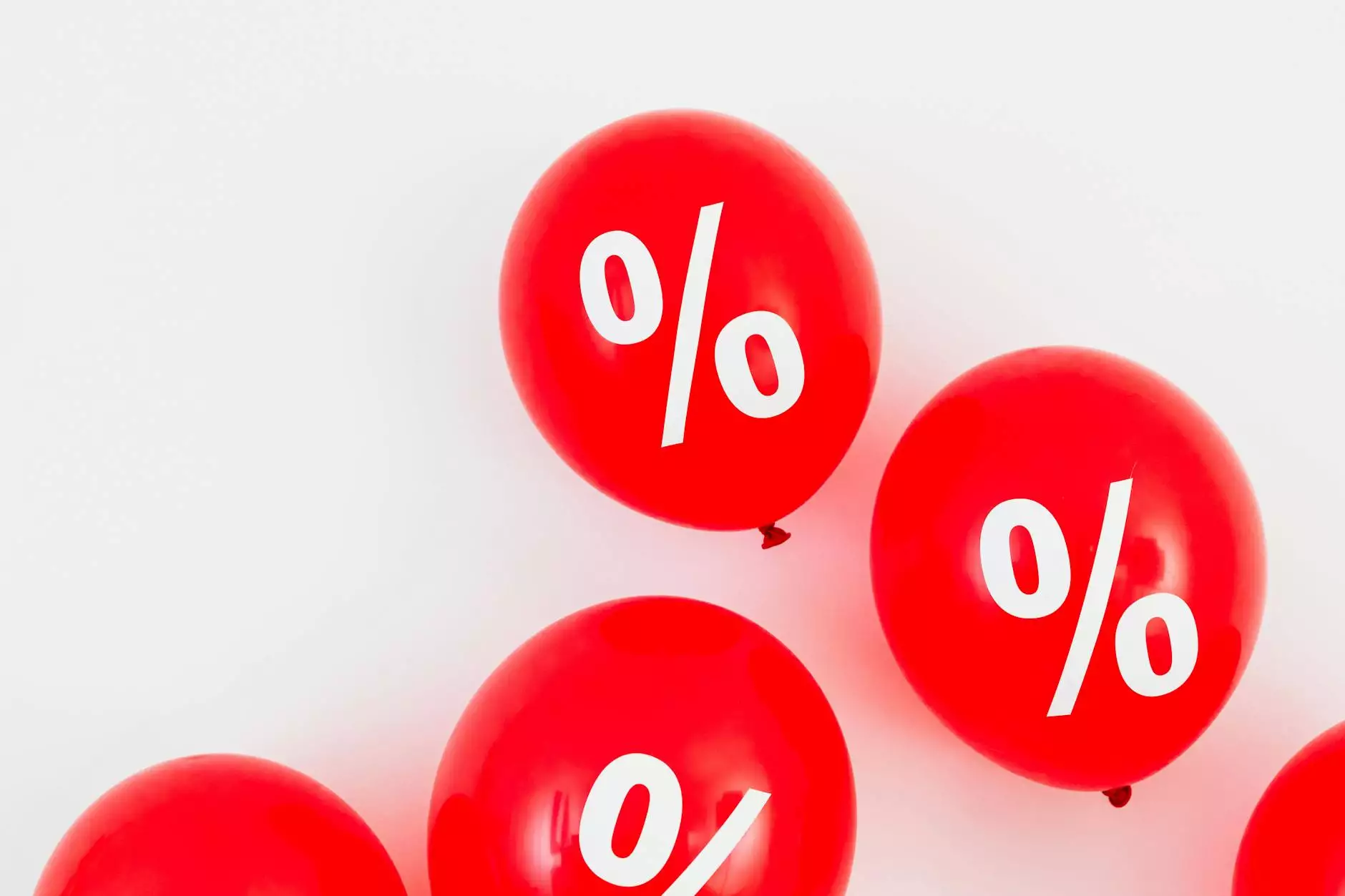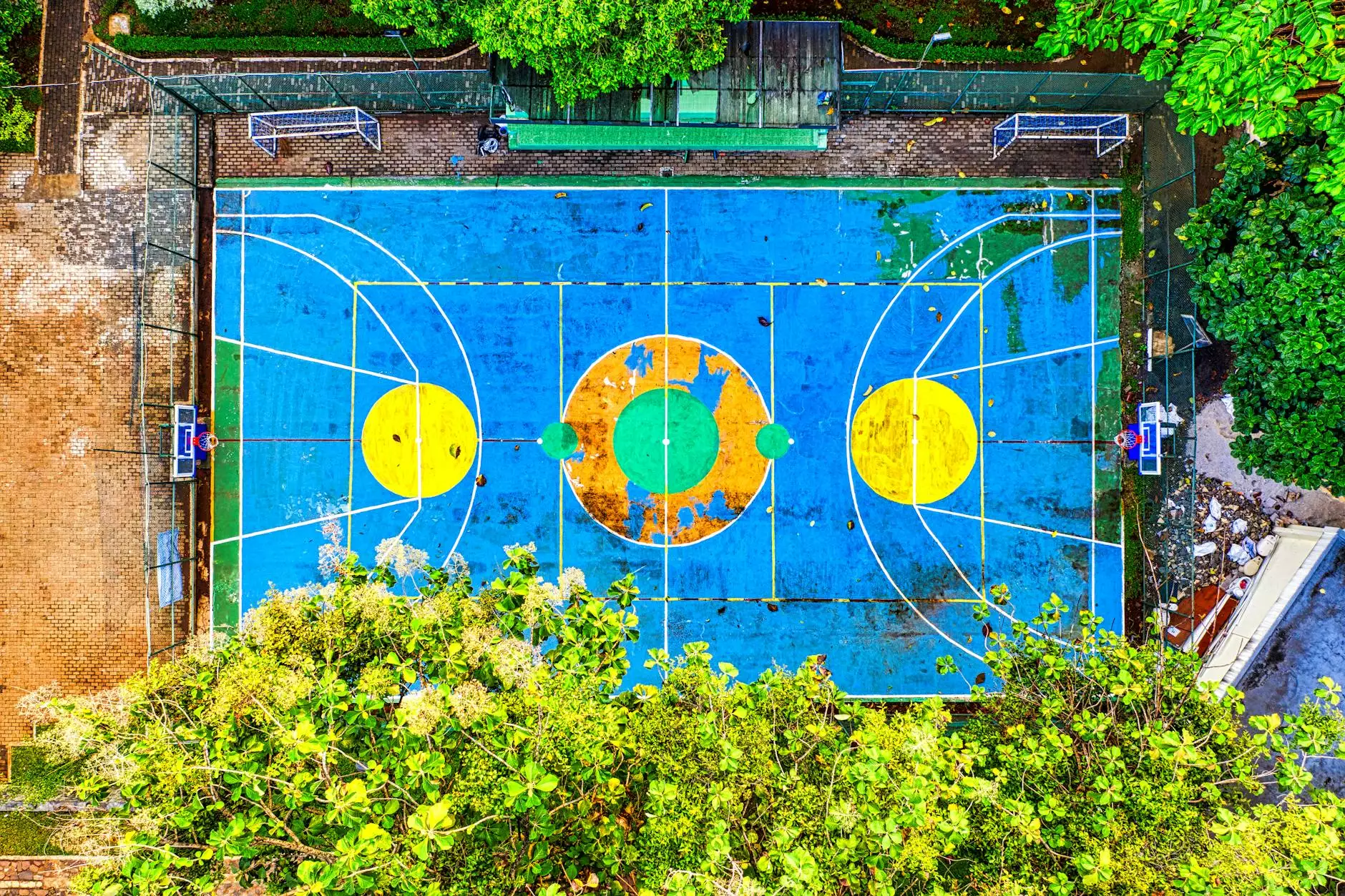The Ultimate Guide to PVC Profiles: Innovations and Applications

PVC profile products have become increasingly popular in various industries due to their versatility, durability, and cost-effectiveness. As a premier PVC manufacturer, Hidroplasto stands at the forefront of this market, providing exceptional quality and service to our customers. In this comprehensive guide, we will explore the intricacies of PVC profiles, their production processes, applications, and advantages over traditional materials.
What is a PVC Profile?
A PVC profile is a section or shape made from polyvinyl chloride (PVC), which is a synthetic plastic polymer. These profiles are molded and extruded to create various shapes and sizes to meet specific needs. PVC profiles can be found in numerous applications, from construction materials to automotive parts.
The Manufacturing Process of PVC Profiles
The production of PVC profiles involves several key stages that ensure the final product is of the highest quality. Here’s a breakdown of the manufacturing process:
1. Material Selection
Choosing the right grade of PVC resin is crucial for the desired characteristics of the PVC profile. Manufacturers often select based on the application requirements, whether it's flexibility, impact resistance, or UV stability.
2. Compounding
The selected PVC resin is mixed with various additives to enhance its properties. This stage involves:
- Stabilizers: Protect the material from degradation during processing and UV exposure.
- Plasticizers: Increase flexibility and workability of the final product.
- Fillers: Improve mechanical properties and reduce costs.
3. Extrusion
The compounded PVC material is then fed into an extruder, where it is heated and forced through a die to create a continuous profile shape. This process allows for high-volume production and accuracy in dimensions.
4. Cooling and Cutting
After extrusion, the profiles pass through a cooling section, where they are cooled to retain their shape. Once cooled, the profiles are cut into desired lengths for packaging and shipment.
5. Quality Control
Throughout the manufacturing process, rigorous quality control measures are in place to ensure that every PVC profile meets industry standards and customer specifications. This includes testing for mechanical strength, flexibility, and chemical resistance.
Applications of PVC Profiles
The versatility of PVC profiles makes them suitable for a wide range of applications across various industries:
1. Construction and Building
PVC profiles are predominantly used in the construction industry for:
- Windows and Doors: Durable, energy-efficient profiles that require less maintenance compared to wood or metal.
- Wall Cladding: Aesthetic and protective materials that offer insulation and weather resistance.
- Drainage Systems: Profiles used in piping and gutter systems for effective water management.
2. Automotive Industry
In the automotive sector, PVC profiles are utilized for:
- Sealants: Used in windows and doors to prevent air and water infiltration.
- Interior Trim: Lightweight solutions for enhancing vehicle aesthetics.
3. Electrical and Telecommunications
PVC profiles are essential in the electrical industry for:
- Cable Management: Ducts and conduits that protect wiring and ensure safety.
- Insulation: Used for insulating electrical components due to their non-conductive properties.
Advantages of Using PVC Profiles
There are numerous advantages to choosing PVC profiles over other materials:
- Durability: PVC profiles are resistant to rot, corrosion, and weathering, making them long-lasting.
- Cost-Effectiveness: Lower manufacturing and maintenance costs enhance their attractiveness for various projects.
- Versatility: Available in various colors and finishes, allowing for customization based on project requirements.
- Environmentally Friendly: PVC profiles are recyclable, contributing to a more sustainable future.
Innovations in PVC Profile Technology
The industry is constantly evolving, with innovations that enhance the performance and applications of PVC profiles. Recent advancements include:
1. Enhanced Thermal Performance
Modern PVC profiles are designed with multi-chamber systems that provide superior insulation properties, reducing energy consumption in buildings.
2. Co-Extrusion Techniques
Co-extruded profiles combine different materials, allowing for improved aesthetics and performance while reducing production costs.
3. Smart Profiles
Integrating technology into PVC profiles enhances functionality, such as built-in sensors or connectivity features for smart homes.
Choosing the Right PVC Manufacturer
When selecting a PVC manufacturer, consider the following factors to ensure quality and reliability:
- Experience: Look for manufacturers with a proven track record in producing high-quality PVC profiles.
- Quality Certifications: Ensure they adhere to international quality standards and perform rigorous testing.
- Customer Support: A reliable manufacturer offers excellent customer service and post-purchase support.
- Customization Options: Choose a manufacturer that provides custom profiles tailored to your specific needs.
Conclusion
As the demand for innovative and economical solutions continues to rise, PVC profiles emerge as a top choice for a variety of applications. With companies like Hidroplasto leading the way in manufacturing high-quality PVC products, customers can rest assured that they are choosing a reliable and efficient solution for their projects. Embrace the future of materials with PVC profiles, ensuring durability, sustainability, and style in every application.

